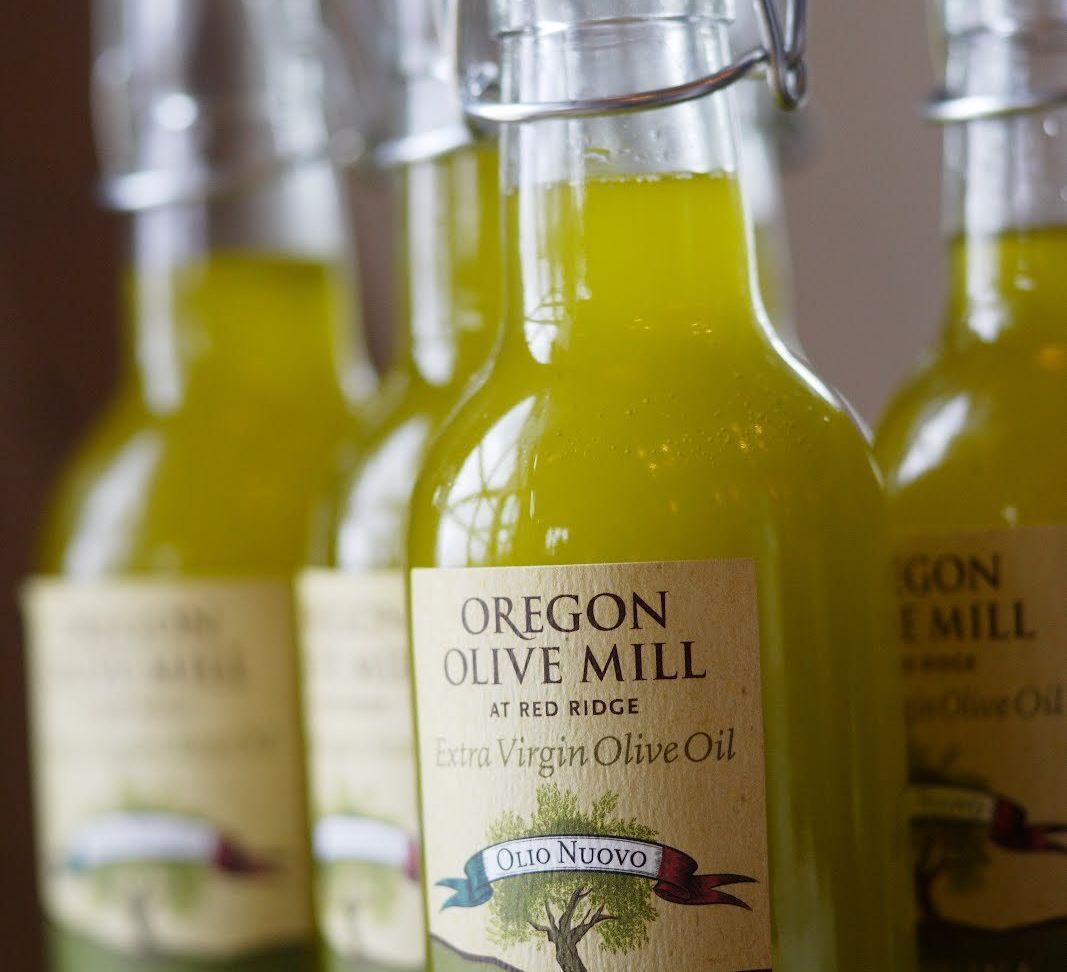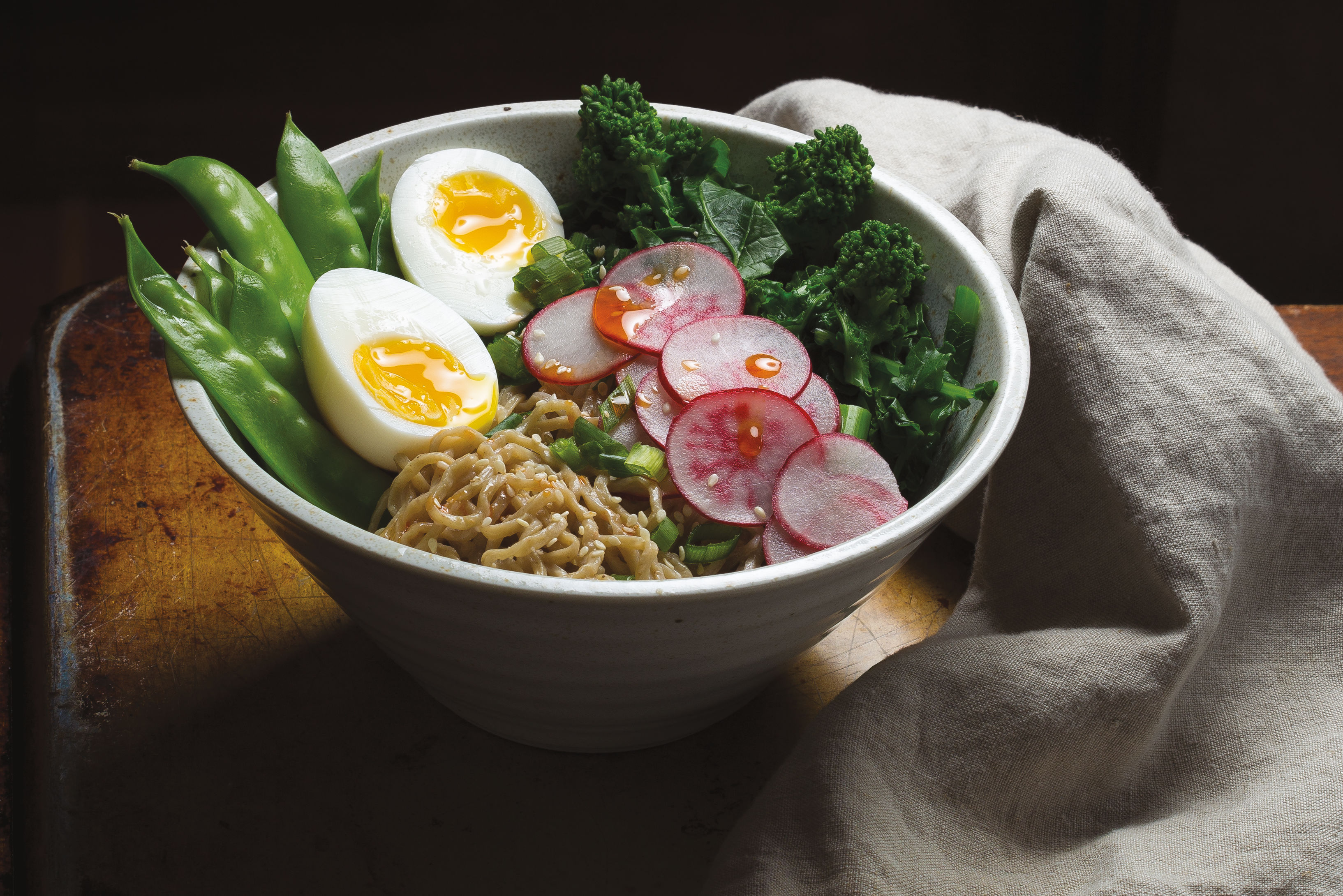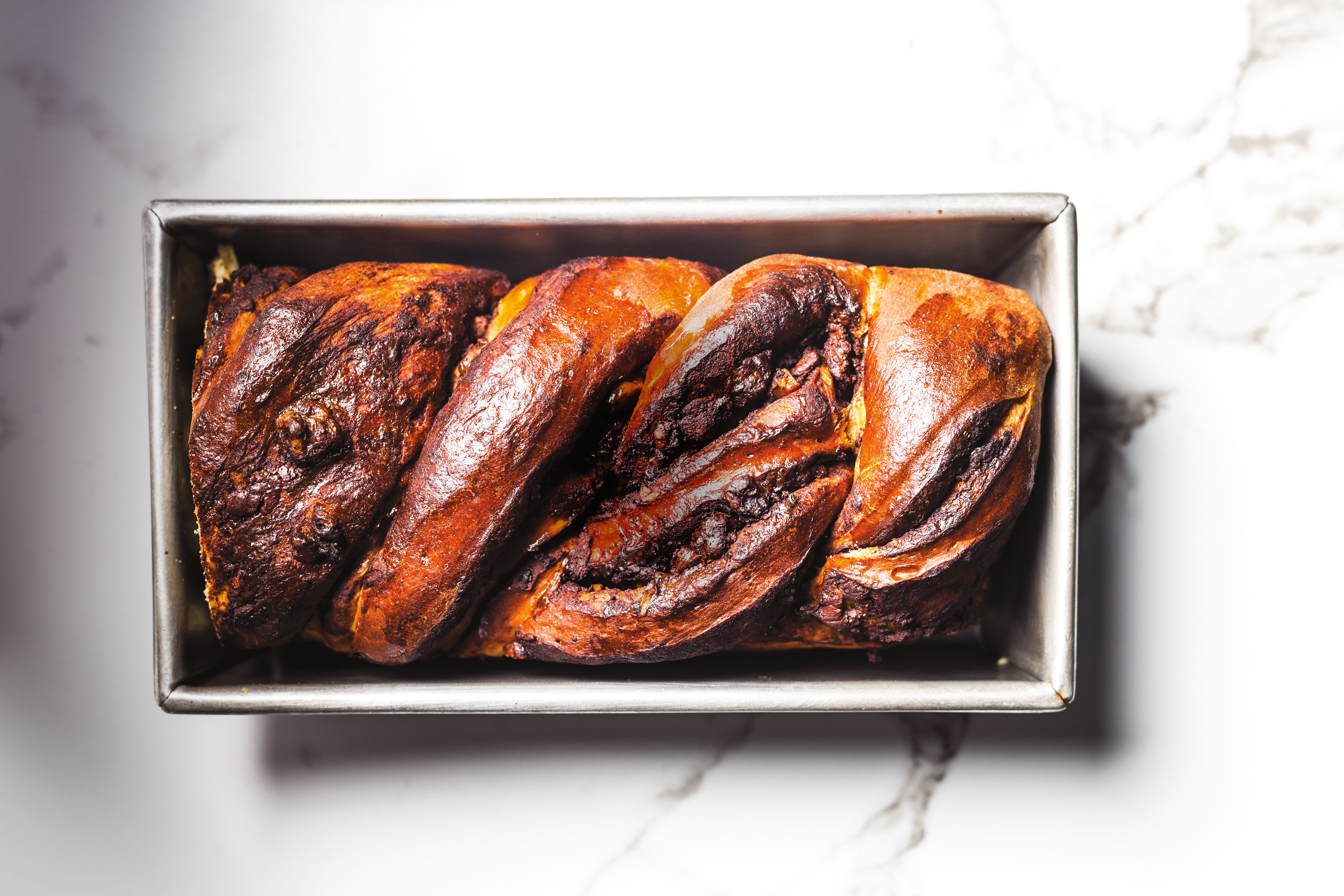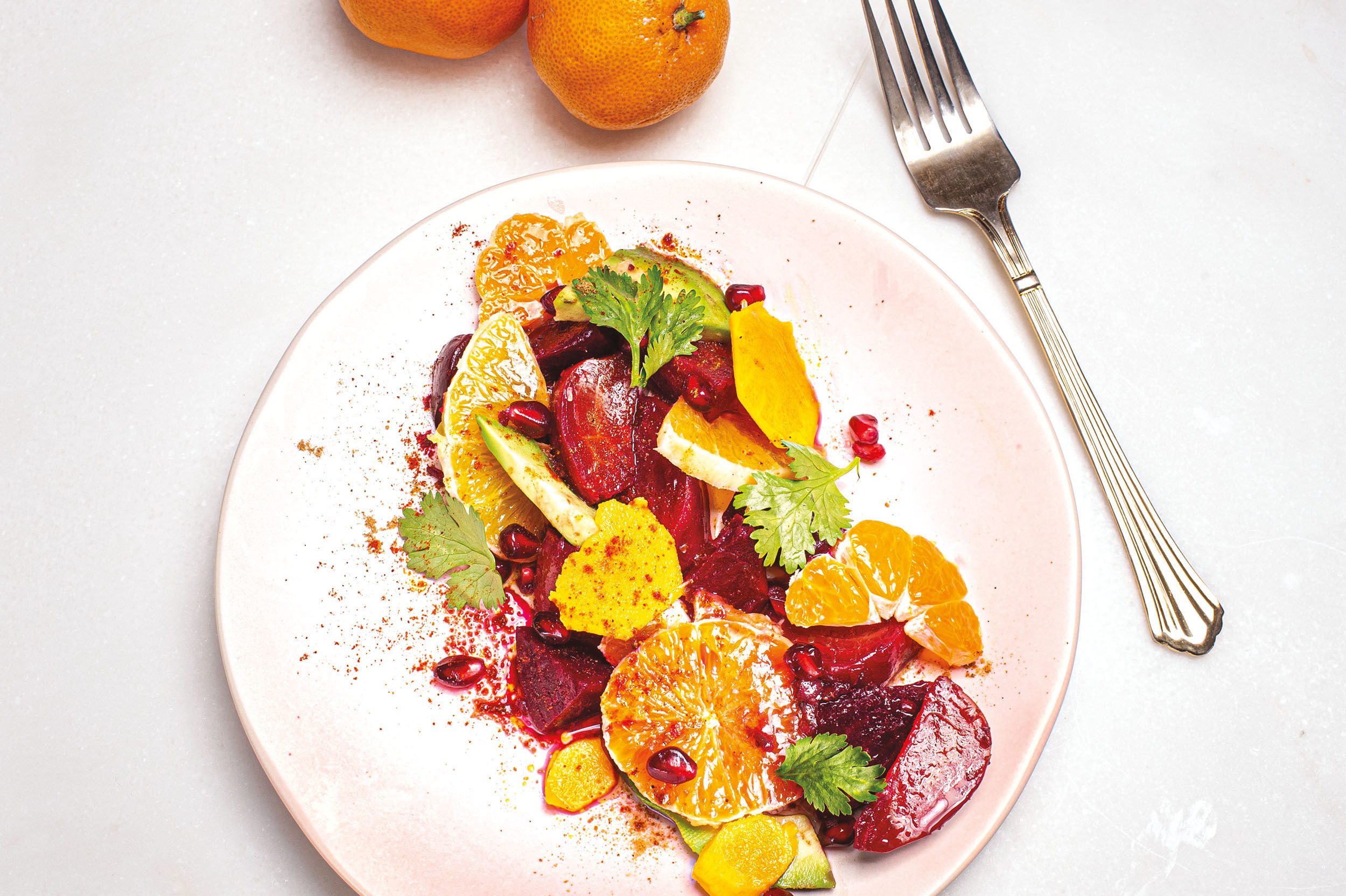Oil’s Well

Image: John Valls
Phoenicians pressed it in ancient Palestine, the Greeks spread it throughout the Mediterranean, and Christopher Columbus brought it to the New World. And while there’s no evidence that Columbus placated his near-mutinous crew—or, for that matter, suspicious natives—with gifts of artisanal extra-virgin olive oil, it’s safe to say that when confronted with the need to feed drop-in visitors, hosts throughout history have offered it in one of its simplest formats: decanted into a dish, garnished perhaps with good vinegar or herbs and served with crusty bread.
Ancient hosts may have settled for any old oil that flowed from the village press, but today we’re faced with endless reserves of oil from as far away as New Zealand or as close as California. If you’re planning to dip into a bowl of EVOO, there’s no reason to settle for that pale, tasteless oil you use for cooking. The jugs from Fred Meyer and the artisanal flasks sold at specialty grocery stores may both be "extra-virgin," but loose labeling laws allow the oils inside to bear little resemblance to one another.
How do you know what you’re buying? The labels contain several clues.
"Large producers typically blend late-harvest oils, which are cheaper to produce, with pricier early-harvest oils to come up with a mass-marketable product," says David Adams, manager of Adams Ranch, olive growers in California. If the label specifies the use of early-harvest fruit, chances are better that the oil was produced with a little more care.
The phrase "first cold press" means that no heat has been used to extract the oil. Olives, after all, are a fruit, and high heat can speed their oxidation, which results in muddy, even scorched flavors.
Some European oils carry a "DOP" or "Protected Denomination of Origin" symbol, which means they’ve been tightly regulated by a government-approved quality-control organization.
Once you’ve settled on the right oil for you, try accentuating its intrinsic flavors with garnishes. Greener oils, which contain more chlorophyll and therefore tend to taste peppery or grassy, pair well with fresh thyme, rosemary or parsley; golden-hued oils are often mellower and fruitier, and can be complemented by ripe olives, cracked black peppercorns or balsamic vinegar. Italians often warm oil over low heat with fresh olives; Turks commonly add baharat, a spice blend that includes allspice, nutmeg, cumin and coriander.
Whether or not you elect to garnish, make sure you’ve chosen the best oil you can afford. Once you’ve tasted exceptional oil, you’ll begin to understand the allure of this ancient specialty. And who knows, maybe you’ll quell a restless band of hungry guests in the process.




